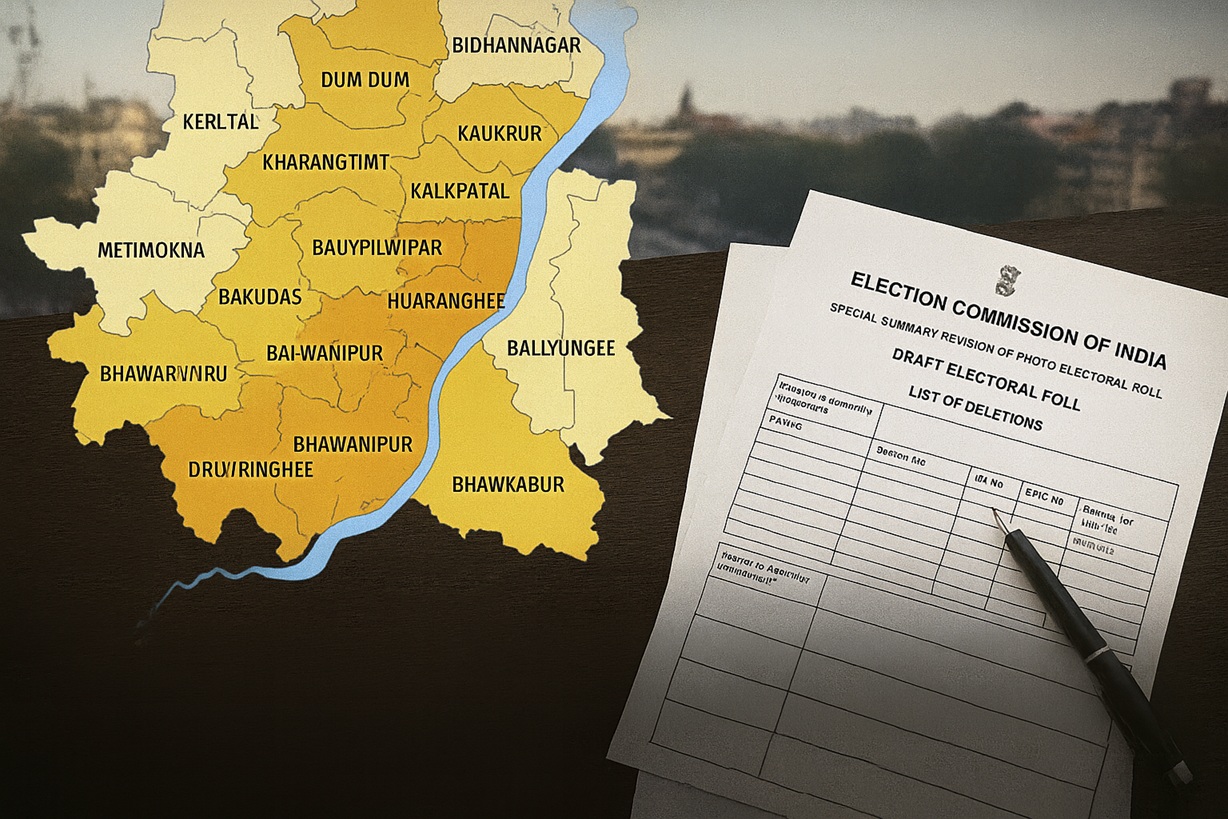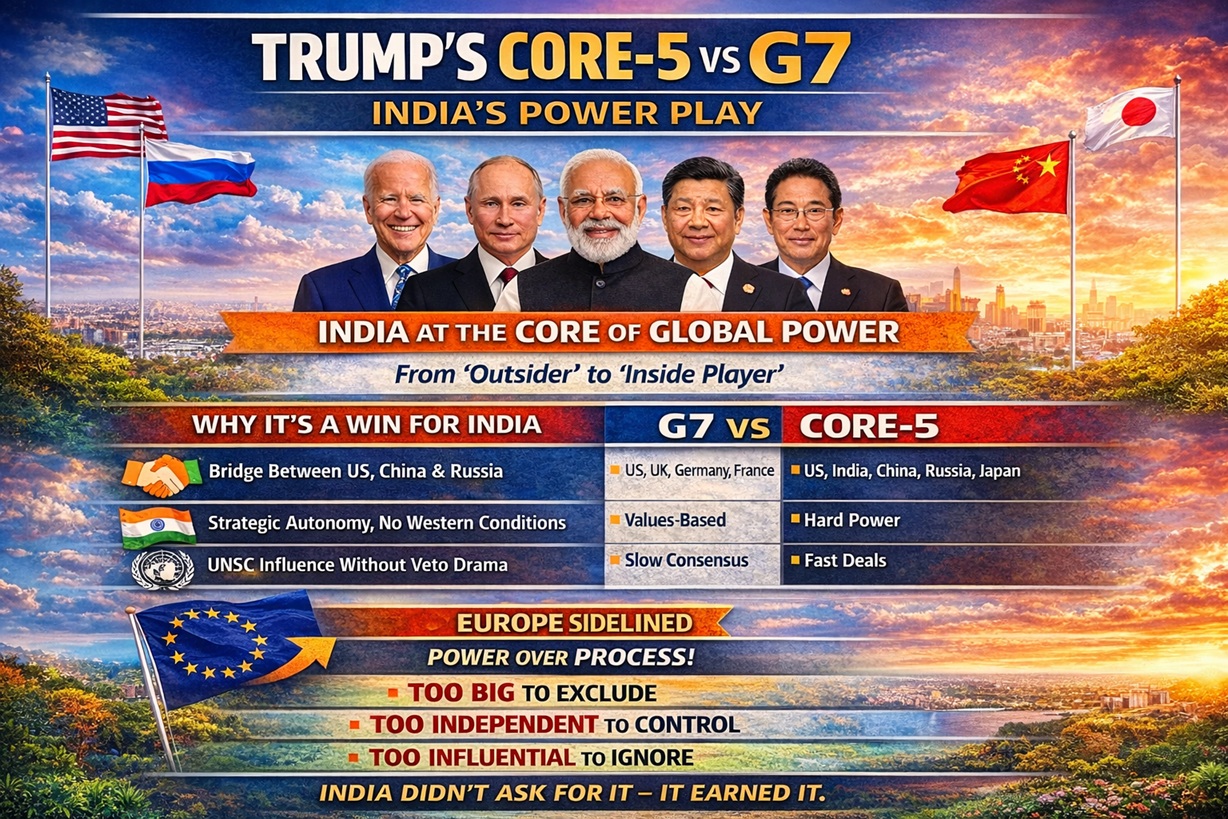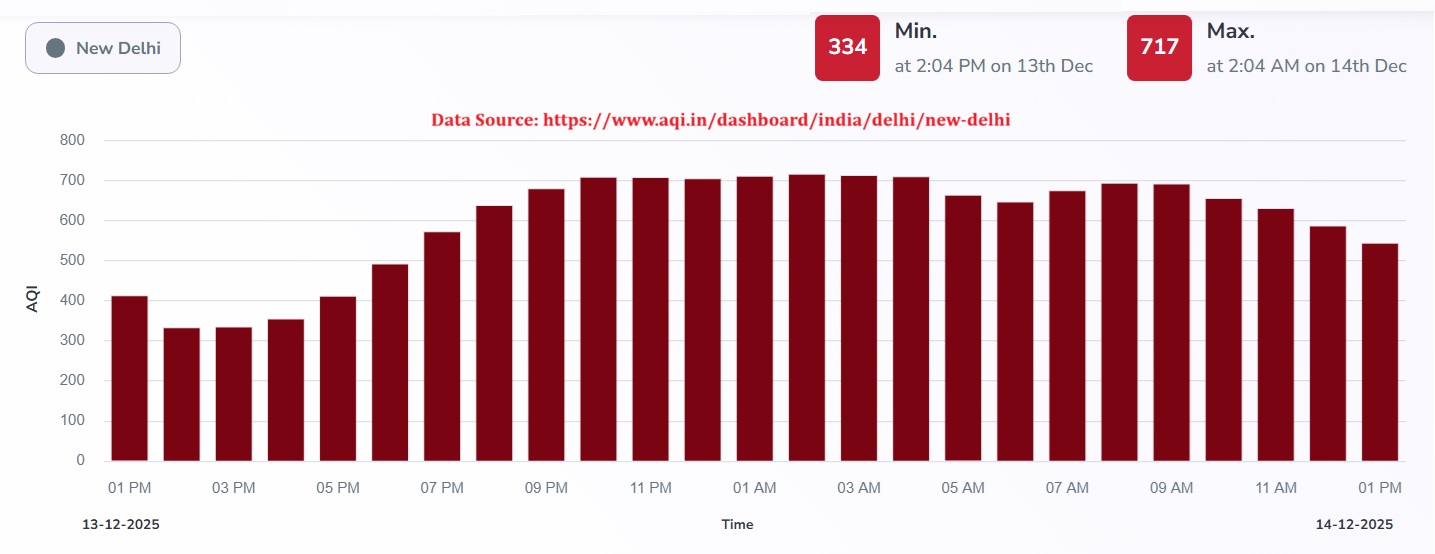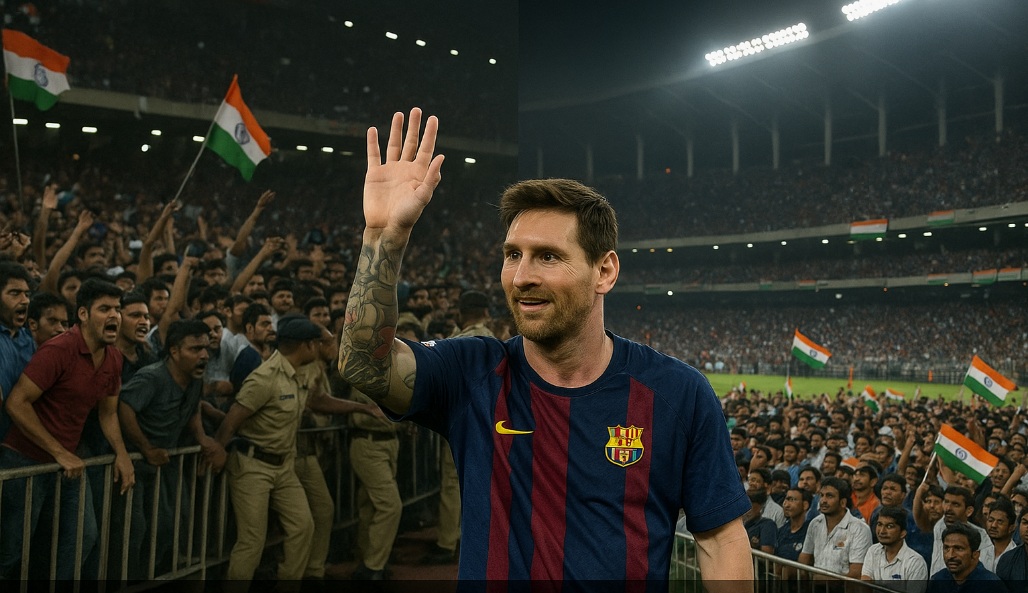The 2024 Political World Cup has kicked off with the 44-day election marathon. With 102 seats in 21 states and four union territories up for grabs, the battle between the ruling BJP and the opposition parties is set to begin. In this post, we will analyze the strike rates and hit wickets of the major players, as well as the ongoing debate surrounding EVMS (Electronic Voting Machines) and VV Pads (Voter Verified Paper Audit Trails).
The Battle Begins:
The first round of polling will take place in Arunachal Pradesh, Assam, Bihar, Chhattisgarh, Madhya Pradesh, Maharashtra, Manipur, Meghalaya, Mizoram, Nagaland, Rajasthan, Sikkim, Tamil Nadu, Tripura, Uttarakhand, West Bengal, Andaman and Nicobar Islands, Jammu and Kashmir, Lakshadweep, and Puducherry. More than 16.63 crore voters, which include over 8 crore men and women each, will cast their vote at nearly 2 lakh polling stations. The question on everyone’s mind is whether there will be a change in the political winds or if India will vote for the continuity and guarantee of Prime Minister Modi’s leadership.
The EVMS Debate:
Even before the battle in the political arena can begin, a battle is being fought in the courtrooms. The Supreme Court is hearing petitions on EVMS, with various demands being made by petitioners. Some are calling for all VV Pad slips to be deposited in a ballot box, while others want the life of the VV Pat machine to remain on at all times. The Supreme Court has urged caution, stating that not everything can be suspected or criticized, and that the Election Commission should decide on the percentage of VV Pads to be counted.
The Chip Controversy:
The debate over EVMS took a new turn when Mamata Banerjee, the Chief Minister of West Bengal, claimed that the BJP may put a chip in the EVMs. Home Minister Amit Shah responded by dismissing the claim and stating that he cannot trust the BJP, calling them more dangerous than anyone else.
Analyzing the Numbers:
To understand the potential outcomes of the elections, it is important to analyze the strike rates of the major parties. The Congress party has seen a decline in its strike rate over the years, while the BJP’s strike rate has been on the rise. The BJP will need a strike rate of 85.8% to achieve its target of 370 seats, while the NDA will need a strike rate of 73.6% to reach 400 seats.
Modi vs. Rahul Gandhi:
Prime Minister Modi has a strong track record with a high strike rate in previous elections. In contrast, Rahul Gandhi’s strike rate is closer to zero. However, it is important to note that these numbers are historical and the 2024 elections are a new challenge for both leaders.
The Big Fights:
Several big names are entering the fray in the upcoming elections. Candidates like Anam Malai, Didi Maran, A. Raja, and Jitin Prasada are expected to make a significant impact. However, there are also reports of rumblings on the ground, with some constituencies becoming more competitive than expected.
Voter Turnout
Elections 2024 Phase 1 Voting: Nearly 40% voter turnout was recorded till 1pm across the states.

As the 2024 Political World Cup begins, the BJP remains the dominant party, but there are signs of cracks in their stronghold. The opposition parties are hoping to capitalize on these weaknesses and improve their strike rates. The ongoing debate over EVMS adds another layer of complexity to the elections. Ultimately, it will be up to the people of India to decide the outcome and shape the future of the country.




